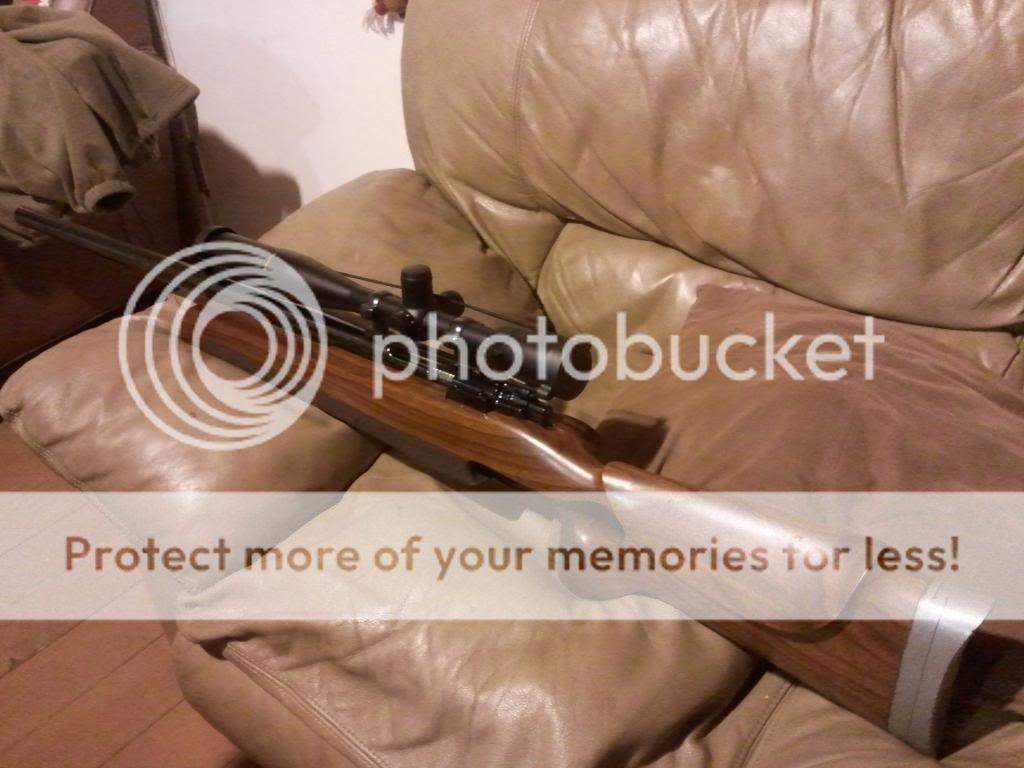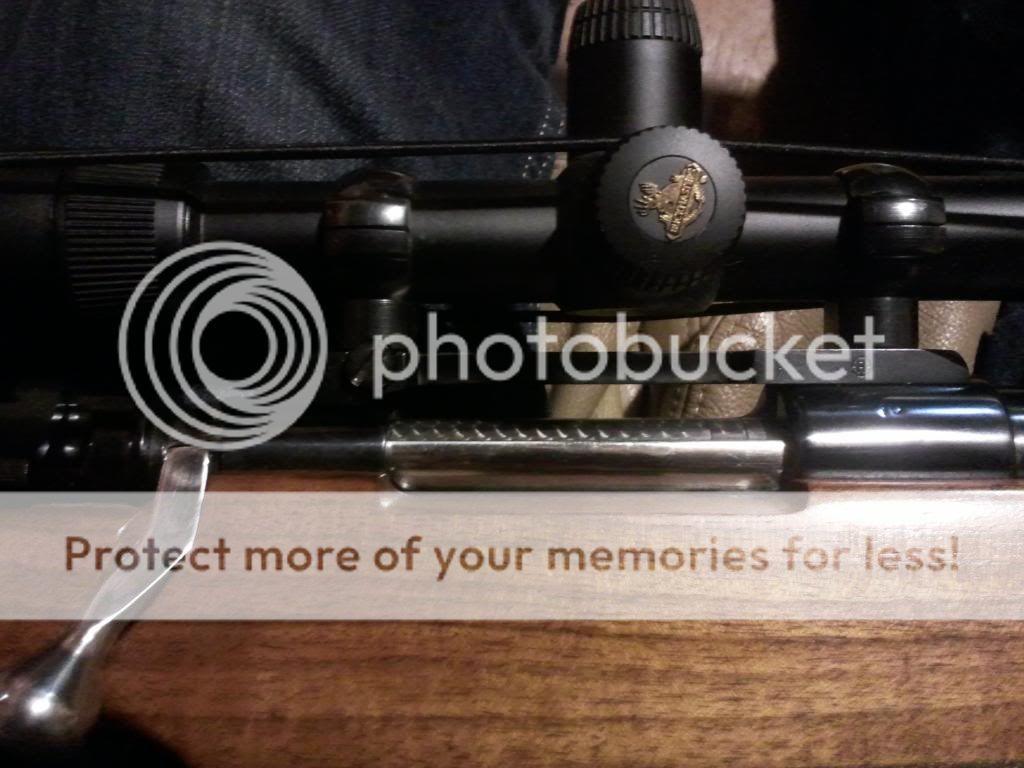benchracer
Well-Known Member
- Joined
- Dec 18, 2009
- Messages
- 1,652
Thank you again for the replies, I will then go the route by buying a donor rifle and use the action, it will be the most recent technology, and maybe cheaper option as well. I will make use of your guys again to guide me through the building process ...
Kind Regards and many thanks.
Gert Odendaal
Depending on what is available where you are, a mauser '98 pattern action may still be an attractive option. The key is to be very careful which '98 pattern action you use as a basis for a build. Based on multiple conversations with experienced gunsmiths like shortgrass, along with my own experiences with my personal mauser based rifles, I am firmly convinced that the best option among the mausers is to stay with post WWII commercial actions. Examples of these include post 1948 FN commercial actions and pretty much any version of the Mark X (the current version of the Mark X is made by Zastava in Serbia).
Post WWII commercial 98 mauser actions have a number of advantages over their older military counterparts. First, they are made of modern steels that are through hardened, rather than case hardened. The older military mausers have to be case hardened, which limits the extent to which the actions can be trued and accurized. Actions made with modern steels have no such limitations. Secondly, the commercial mauser actions are already in a sporter configuration, so building a sporter rifle on a commercial action is much more straightforward and less expensive. Current production commercial mausers from Zastava come from the factory with a fully adjustable trigger, which is becoming increasingly rare on factory rifles these days. Simply not having to replace the trigger will save you quite a bit of money.
Simply put, the commercial mausers have a lot more potential than most people give them credit for. Often, they can be had at a considerable discount to more common commercial push feed rifles like the Remington 700 and Savage actions. Properly set up, they can be built to shoot just as accurately as any of the so-called more modern designs. Given your location, it would not surprise me at all to learn that commercial mausers are more available than other designs. I would not consider that to be a handicap.
Having said that, there are some limitations to the 98 pattern mauser that you should be aware of in planning your rifle build:
Compared to more modern designs, the mauser pattern has a very slow lock time, which is considered by many to be a theoretical limitation to its accuracy potential. Current production commercial actions incorporate improved design features to reduce lock time, but even these actions have one of the slowest lock times in existence among bolt action rifles currently in production.
The mauser receiver design is also not known for its rigidity in comparison to the tubular receivers that are more common these days. This lack of rigidity acts as a practical limit on the weight and length of barrel that can be used to obtain maximum accuracy with a mauser pattern receiver. For this reason, a solid bottomed, single shot version of the 98 pattern mauser exists, though it is not common. The use of modern steels in commercial actions also is reputed to help with this issue somewhat, but does not cure the problem entirely. I have personally used up to the equivalent of factory varmint barrel profiles with outstanding results. Beyond that, I don't know where the exact limit lies. One thing I can say, though, is that a rigid stock with good bedding can do a lot to help achieve repeatable accuracy with a mauser action. A full length aluminum bedding block in the stock is, IMO, the best option. A very close second is to select a quality laminated stock and bed the action using a steel impregnated epoxy.
The 98 pattern mauser is also limited in the length and diameter of cartridges it can accommodate. Though there are examples of 98's that have been modified to work with cartridges up to .375 H&H, the necessary structural compromises to do this make it a questionable choice as the basis for a long range rifle. I would consider 30-06 length magnum cartridges such as the .300 Winchester Magnum to be the practical limit of a 98 pattern action. Likewise, I would consider the case head diameter of the .300 Winchester Magnum to represent the practical limit for this action, which rules out the Rigby based cartridges such as the .338 Lapua and cartridges like the .338 and .300 Norma (which have a similar case head diameter to the Lapua).
If you have a desire to build a rifle chambered for something in the .338 Lapua class of cartridges on a mauser pattern action, all is not lost. The CZ 550 Magnum/BRNO 602 action will easily accommodate such cartridges and, based on what I have read regarding its popularity in Africa, should be readily available where you live. It is a stout action, made with modern materials, that should serve well as the basis for a long range rifle chambered for true long range cartridges.
Despite some of the limitations inherent in the 98 pattern mauser design, I admit to having a serious soft spot for mausers. That has led me to mostly stop even considering the more popular push feed actions like the Remington 700. When I am not looking for a mauser, I find myself searching for controlled feed actions like the Winchester Model 70, CZ 550, and Ruger 77 Mark II (themselves thinly veiled variations of the 98 pattern design). Some may even consider that a character flaw on my part. Nonetheless, I will put any of my controlled feed rifles up against any rifle with a factory production receiver any day of the week. If there is a flaw to be found with any of my rifles, it is a flaw inherent in the guy doing the driving, not the rifle itself.


